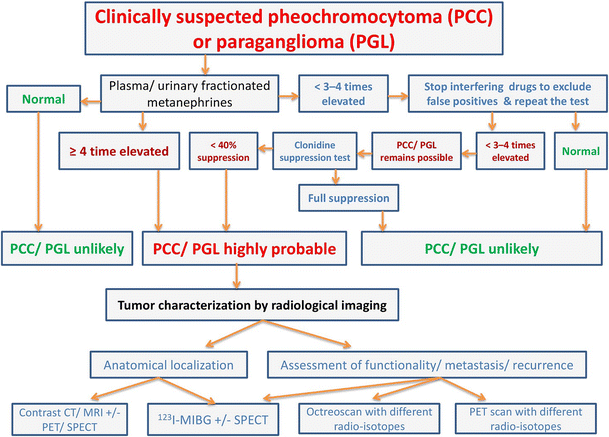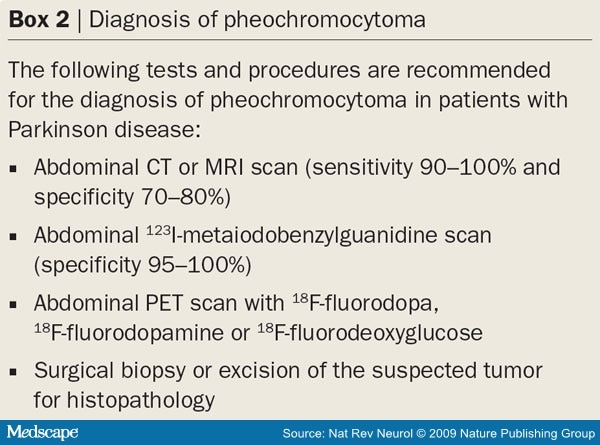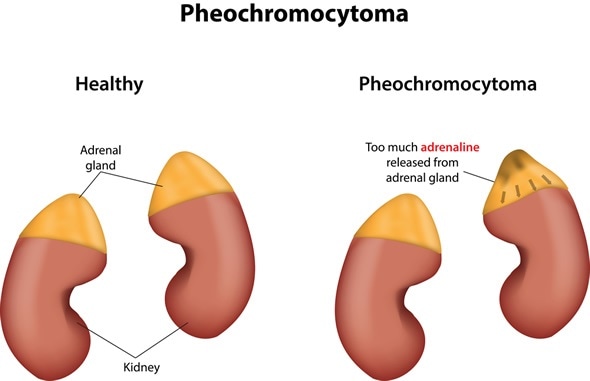Nice Tips About How To Diagnose Pheochromocytoma

The task force recommends that initial biochemical testing for ppgls should include measurements of plasma free or urinary fractionated metanephrines.
How to diagnose pheochromocytoma. Diagnosis of pheochromocytoma is challenging. If these biochemical tests indicate a pheochromocytoma or. With pheochromocytoma had paroxysmal symptoms (spells) of palpitations, diaphoresis, and headaches.
The diagnosisis of pheochromocytomas is fairly straightforward and involves measuring the amount of adrenaline and its associated. The most common symptoms of pheochromocytoma are: High blood pressure may be chronic (ongoing) or occur in episodes called.
Other symptoms that can occur during an episode or independently. Some people with pheochromocytoma have symptoms, but others don’t. Learn more about treating this rare disease.
The doctor may collect blood and urine samples to check for abnormal levels of catecholamines and other substances. The diagnosis and treatment of pheochromocytoma depend on demonstrating increased catecholamine production and identifying the location of the tumor. It results in over secretion of.
Blood testing, urine testing, and laboratory testing for pheochromocytoma diagnosis. Symptoms may occur as often as several times a day to a couple of times per. Pheochromocytoma is a rare tumor of the adrenal gland.
Surgery is the main form of treatment for pheochromocytoma. There are very specific blood and urine tests that are requried to test for and diagnose. However, once a tumor is suspected diagnosis is made.










![Pdf] Pheochromocytoma E Current Concepts In Diagnosis And Management | Semantic Scholar](https://d3i71xaburhd42.cloudfront.net/976d452e3022a656ccb251823bdfab084f66d4ea/3-Figure2-1.png)






